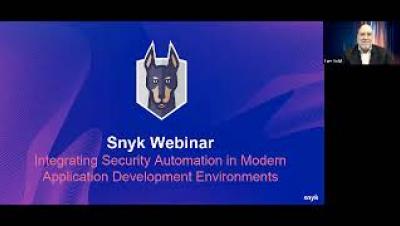Security | Threat Detection | Cyberattacks | DevSecOps | Compliance
Automation
Integrating security automation in modern application development environments
A Path to Proactive Security Through Automation
The sheer number of cyberattacks launched against organizations every year is massive and growing. If you’re a security analyst working in a SOC or security team, tasked with defending your organization, that means you’re getting bombarded by many more attacks than the recorded numbers above would suggest. These attacks translate into security alerts — fired from your various security tools — that you must investigate and resolve.
DoD's Cyber Posture: A Focus on Automation
The importance of the security of the Department of Defense’s (DoD’s) networks is no secret (well, of course a lot of it is secret!). This is evidenced by the Department’s IT/cybersecurity budget request that annually tops $40 billion dollars. Last year’s IT and Cyberspace Activities Budget Overview perhaps said it best.
Six trends in operations management for 2021
Next Level Automation: What's New with Splunk Phantom
Splunk Phantom 4.10 introduced many new enhancements, including the ability to develop playbooks in Python 3. In fact, Python 3 is now the default for Splunk Phantom playbooks. In doing so, we needed to create two different “playbook runners” to ensure we could continue to support playbooks written in Python 2.7 while also supporting Python 3.
SME Cybersecurity Automation Tools Using Microsoft 365
Ditch the Checklist: Why Automation is the Key to Content Compliance
Compliance frameworks provide guidelines for effective and secure operations for content management across a company’s various repositories. They’re written as a set of controls, each one which corresponds to different settings and policies that an organization must follow in order to ensure the safety of their data.







